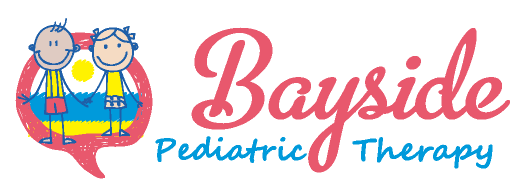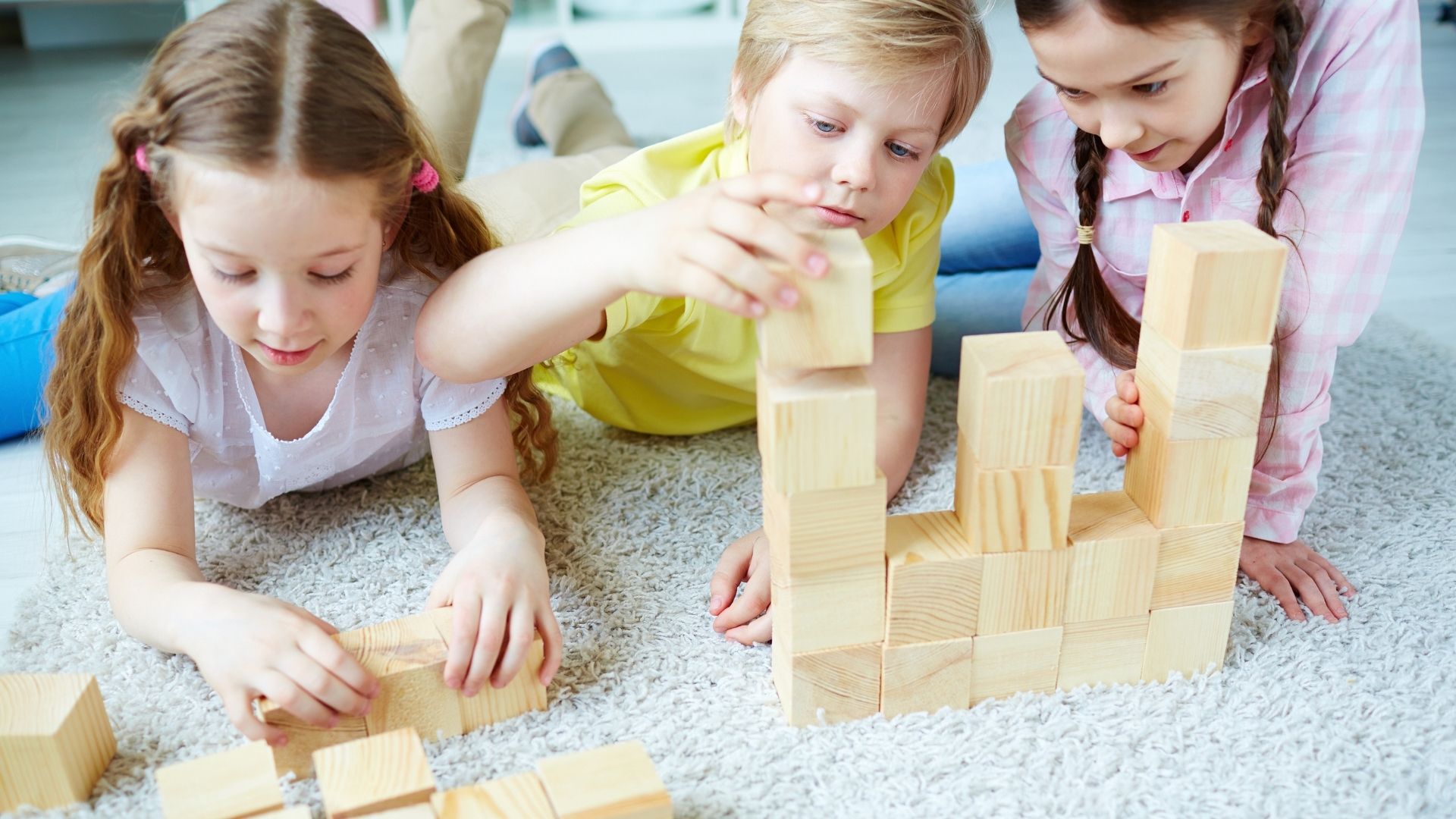By Courtney Fagan M.S. CF-SLP
Mr. Potato Head
Mr. Potato head offers so many great opportunities to model language for your little ones. Some core words to work on when playing with Mr. Potato head are “on, off, put, big, little, in, out”. It is a great toy to use to teach different body parts and “wh” questions (i.e. where do the ears go? what does Mr. Potato need to see/hear/eat/walk?)
Blocks
Blocks are a great resource to enhance your child’s language and play skills (like turn-taking). Some concepts to work on with blocks are preposition words and phrases (i.e. on the top, under, on the bottom, next to, behind, in front of). Talk with your child about how tall or how short your stack is, as well as the different colors and shapes! You can also work on requesting for more blocks.Blocks
Toy Cars
Cars are great for targeting joint attention! There are so many different fun cars that will light up, flip, make noise, and more. You can use “ready, set, go” and make the car “CRASH” into the wall. So many kids love this and stay engaged. You can also target the concept of “fast” and “slow”. If you have different vehicles, it is great to work on the sounds that they make and talk about where you would find them and what they look like. Toy cars
Farm Sets
Farm sets offer endless language opportunities during play! From animal names and noises to action words, there is so much to work on. Have the child request for each animal and practice saying the name of it and the sound it makes. You can also target grammar by modeling your animals walking, jumping, hopping, etc. while you label what they are doing (i.e. “walk, walk, walk” “The pig is walking”). You can target words like “open” and “close” with the farm doors, as well as greetings and farewells as your animal enters the farm doors and comes back out.Farm Set
Playdough
There is so much language and creativity to come out of playing with playdough. It also offers great sensory benefits that keep many children engaged. You can sit next to or across from the child as you use playdough and narrate what you are doing (this is referred to as self-talk) or narrate what the child is doing (this is referred to as parallel play). This creates opportunity for the child to imitate various words and actions. For example, you can take your playdough and roll it into a ball and say “roll, roll, roll” and then pause to see if your child repeats the words. You can also use the playdough toys to model different actions (i.e. cut, roll, pull, push or squish).

